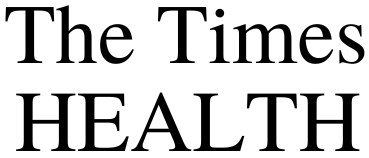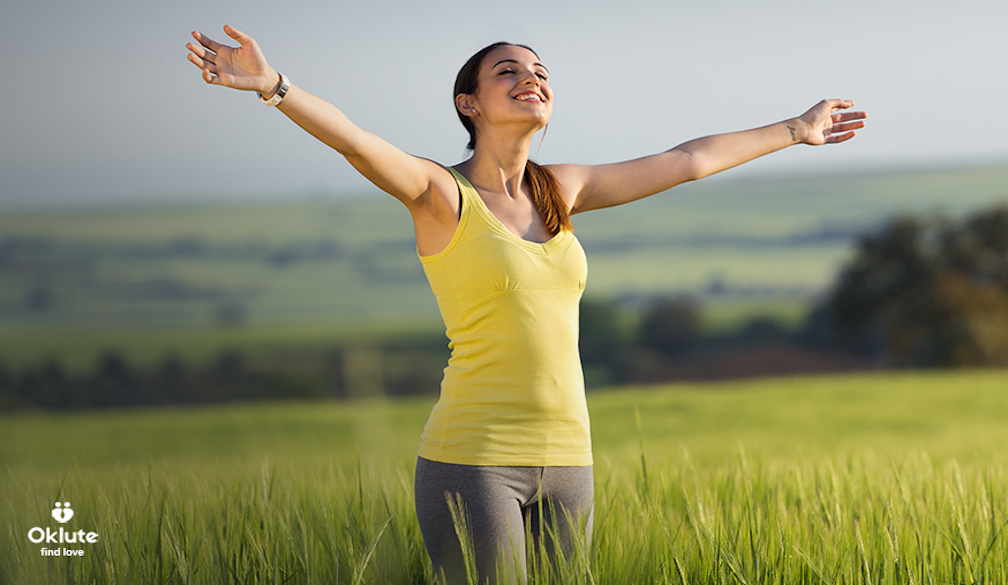Tips to protect your skin health this summer
- Written by Dr Priya Chagan, TAL General Manager Health Services

Australians are aware of the dangers of unprotected sun exposure with the high risk of skin cancer in our ‘sunburnt country’ communicated over a lifetime. However, new research[1] from leading Australian life insurer TAL reveals that despite high levels of awareness, people are still not doing enough to protect their skin health.
The research reveals that while 79% of Australians claim to understand the importance of prioritising skin health, almost 3 in 4 (72%) admit they should be doing more to protect themselves against skin cancer.
The Australian sun is relentless, and its impact on our health cannot be underestimated. So as we prepare for record-breaking summer heat, TAL’s General Manager of Health Services, Dr Priya Chagan, shares simple steps and daily habits to better safeguard against skin cancer this summer.
Lather on the sunscreen – even on the days you do not think you need to
Gloomy days can be deceiving so it is tempting to skip the sunscreen. However, a cloudy sky does not equal low ultraviolet (UV) radiation. Even on the days you are not planning to spend extended periods of time in the sun, there are lots of incidental moments of sun exposure that we need to be aware of.
From driving to work, sitting by a window with the sun shining through, or taking a quick walk around the block, we are frequently exposed to UV and should be protecting ourselves with sunscreen.
With less than half of Australians (44%) acknowledging that sunscreen is needed every day, and a further 17% only applying it when they are outdoors for extended periods of time, incorporating sunscreen as part of your daily routine (focusing on the face, neck, chest, arms, and legs) is a powerful, preventative measure against skin cancer.
Remember it takes 20 minutes to absorb into the skin, and re-applying as needed throughout the day will also help to offer optimal protection.
Get into the habit of checking UV levels
In Australia we have a well-documented high UV index, but we can be complacent and underestimate the impact of sun exposure, which is particularly dangerous given the record-breaking heat that we are being warned about this summer.
With the majority of Australians (71%) admitting to only sometimes, rarely, or even never checking the UV levels millions are left vulnerable to sun damage.
The UV index is reported on the weather pages of all Australian daily newspapers, and on the Bureau of Meteorology website. Most weather apps will also tell you the UV index, and Cancer Council Australia also has a free SunSmart Global UV app. Whenever you are checking the temperature, also check the UV index.
The UV Index ranges from low (1-2) to extreme (11 and above). Sun protection is advised whenever the UV Index is forecast to reach above 3, and for an Australian summer this is typically most days, which is why we need to take preventative measures at all times.
Understand the warning signs and self-check your skin
Skin cancer is the one type of cancer that you can typically see, which means you may be able to detect a suspicious mole yourself by monitoring your own skin.
Personal responsibility is a key factor, and in the early stages of skin cancer development, you have the best chance of noticing changes, so self-checking is a simple but powerful way to look after yourself and could save your life.
[1] The survey was conducted by Edentify Pty Ltd on behalf of TAL, in October 2023, with a sample of 1,000 respondents in Australia aged 18-65+ years old
This could be a new spot or an existing freckle or mole that changes in size, shape, or colour over time. By developing a regular habit of looking out for these red flags, you can take action when something out of the ordinary first appears.
If you do notice anything out of the ordinary during a self-check, you should book an appointment to have it checked by your GP, dermatologist, or a skin cancer clinic.
To learn more about self-checking, and how to protect your skin against skin cancer, visit https://www.tal.com.au/tal-spotchecker/index.html







